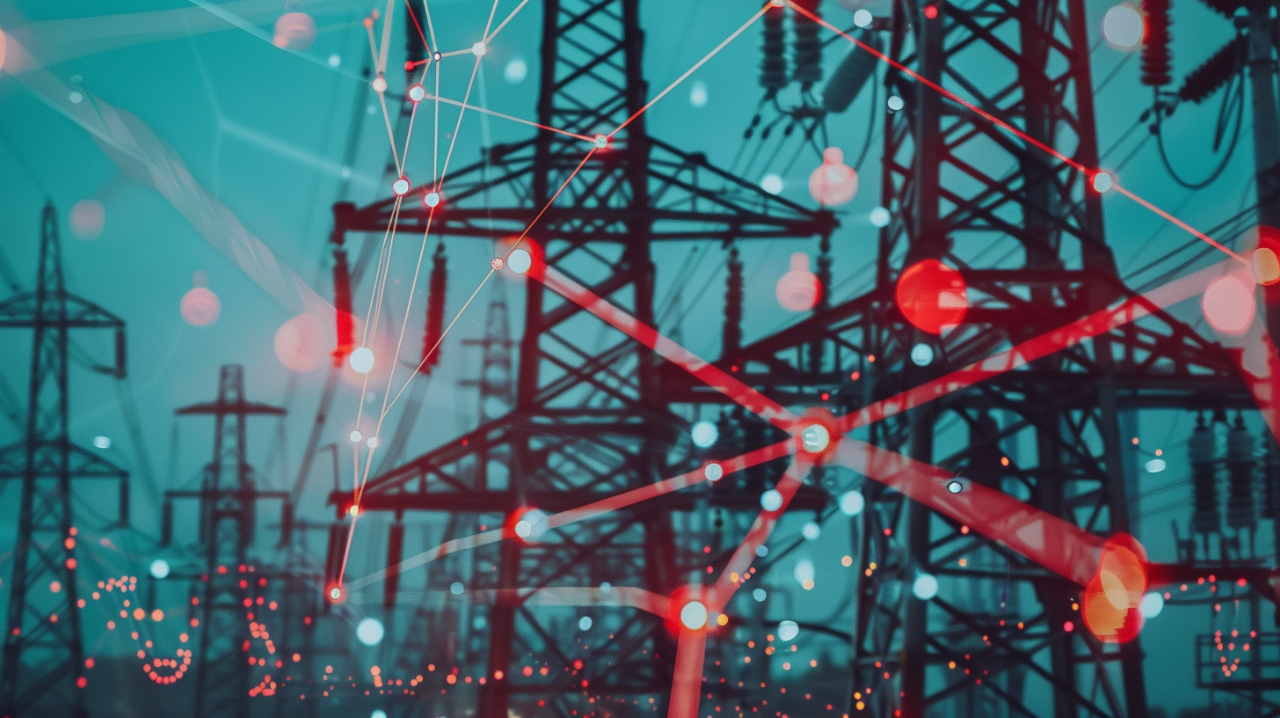
Utilities Sector A.I. Boom is All About Location
The breakout in utilities has been attributed to several factors: technical oversold conditions, retreating interest rates making their dividends more attractive, the “reflation” trade, their durability in pricing power, and the increase in electricity demand due to, you guessed it, A.I. All of these factors have positively impacted the sector. However, regarding A.I., there is currently more overstatement than fact, as the utility companies that will thrive due to this secular trend depend heavily on location. Let's break it down.
Just like any sector, utilities encompass a wide range of products and services, including gas, water, electric, and telecom utilities. Some of these industries overlap: for instance, some diversified utility companies may provide both gas and electrical services, using natural gas to power electricity generation. These are the two areas the market is enthusiastic about in the near term. Many utility companies that offer electricity services generate revenue through usage charges (the amount customers pay based on total consumption), demand charges (different from usage charges, focusing on the rate charged during peak demand and generally variable and lucrative), and service or access fees. Some utility companies also participate in energy trading markets to provide additional electricity outside of their normal operating space when needed.
According to Data Center Dynamics, U.S. data centers are expected to reach 35 gigawatts of power consumption by 2030, nearly doubling the demand seen in 2022. This data point is impressive, considering the compounded annual growth rate of approximately 9.05%. For perspective, during the Arctic Blast in January, the Electric Reliability Council of Texas (ERCOT) had to bring on an additional 49.4 gigawatts at one point in time to meet demand needs.
According to the EIA, the U.S. is expected to increase electricity generation by 3% in 2024, adding around 114,000 gigawatt hours of electricity to the grid. In the grand scheme of things, the additional increase in data center demand accounts for only 0.0307% of the total increased capacity by the end of this year, which is relatively insignificant to the total U.S. power grid. That's why location is key.
The companies operating in locations where these new or restructured data centers will be situated will be the primary beneficiaries of the A.I. boom and, in certain areas of the country, may strain current infrastructure. For instance, Texas has had issues sustaining electric supply due to rising population, increased commercial demand (especially from the tech sector), and a lack of connection to the national energy grid, leading to volatile variable pricing at times. Similarly, Southern California's population growth and tech sector demand have outpaced their infrastructure, with drought seasons further straining hydroelectric production.
So, which companies will benefit primarily from the A.I. revolution? Follow the locations of current and future data center sites. Focus on infrastructure needs and industry trends for adding additional capacity to the grid. For now, solar, wind, and hydropower continue to lead the way in new electrical generation growth.
Featured clips




Charles Schwab and all third parties mentioned are separate and unaffiliated, and are not responsible for one another's policies, services or opinions.

